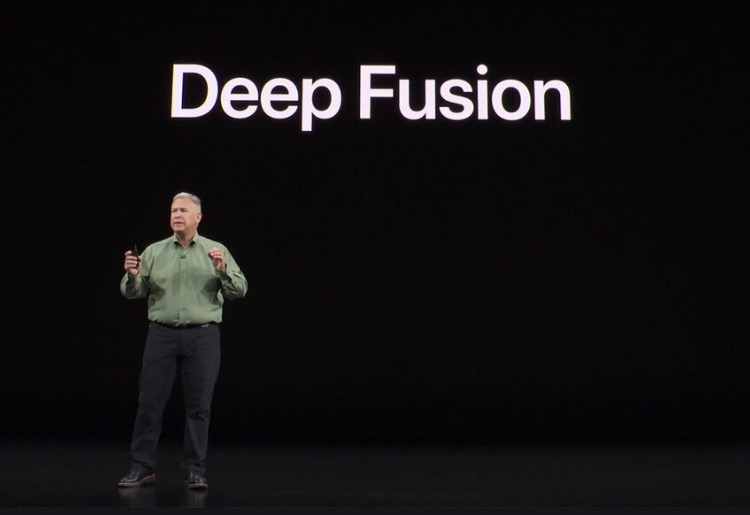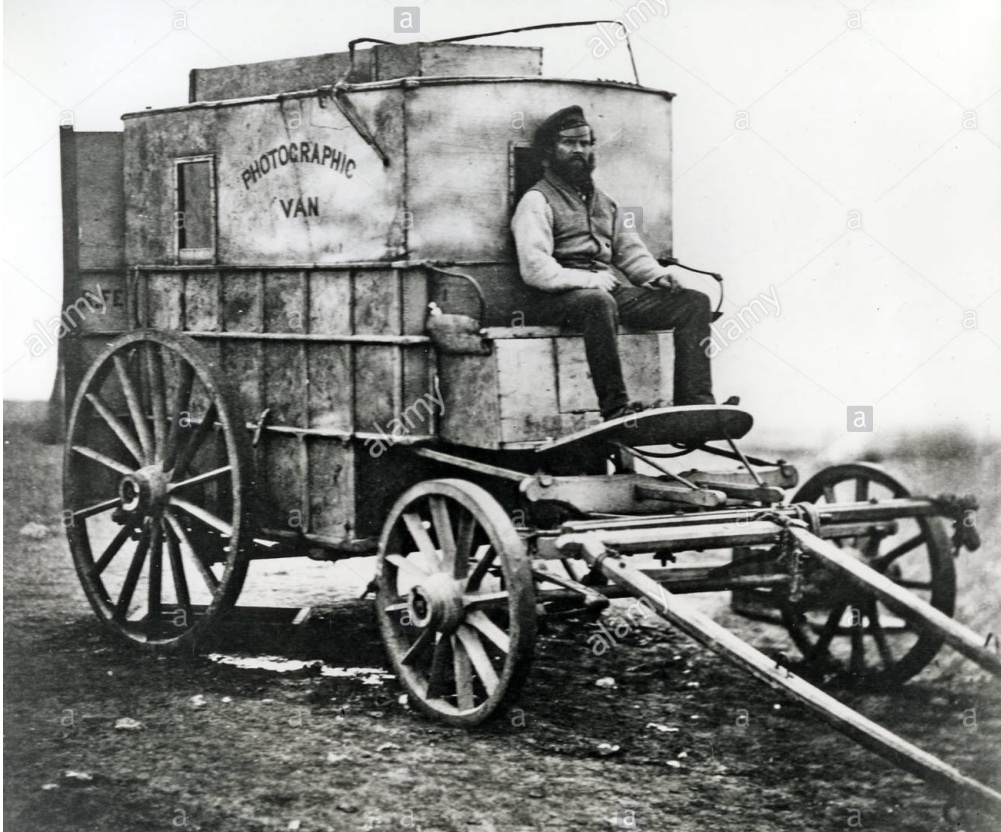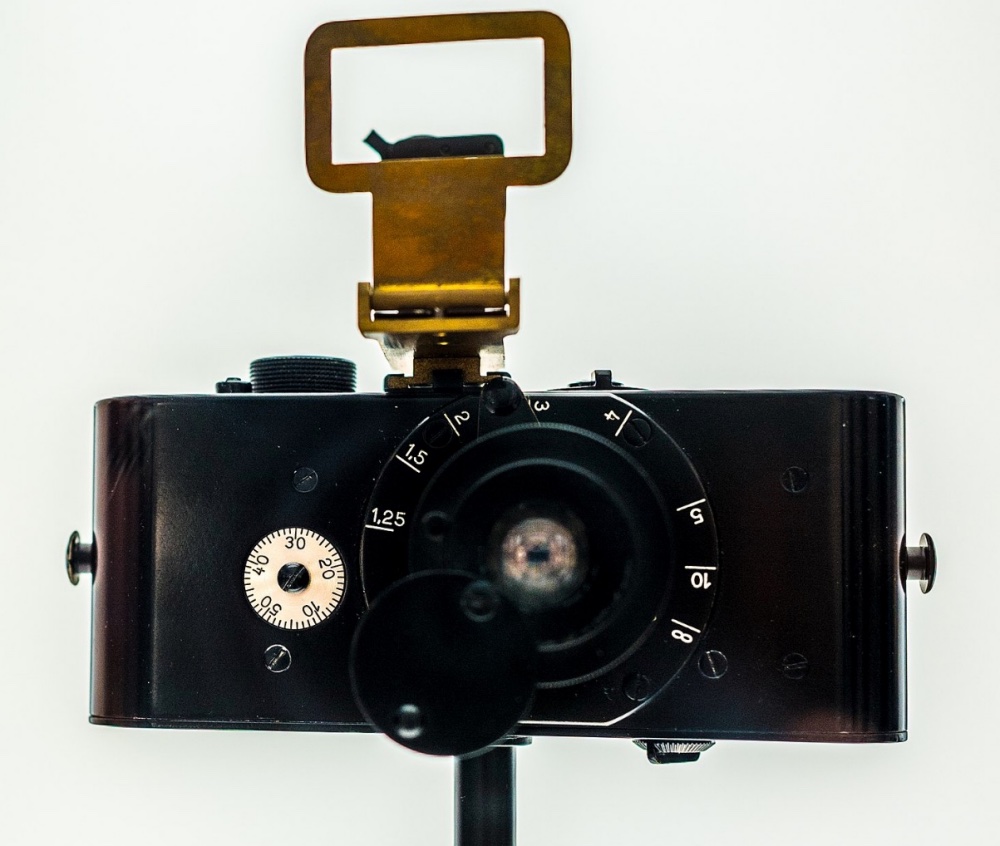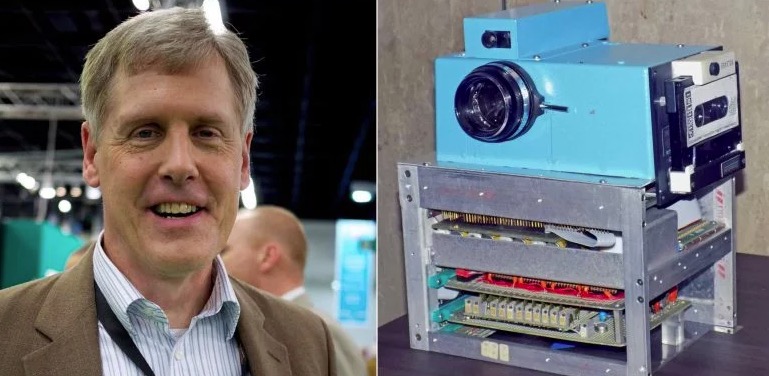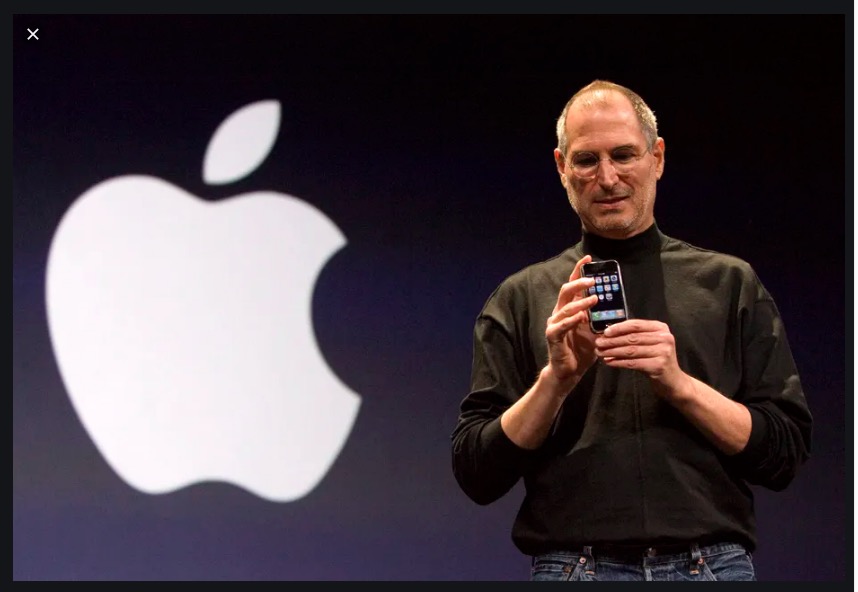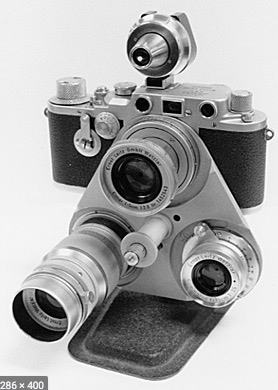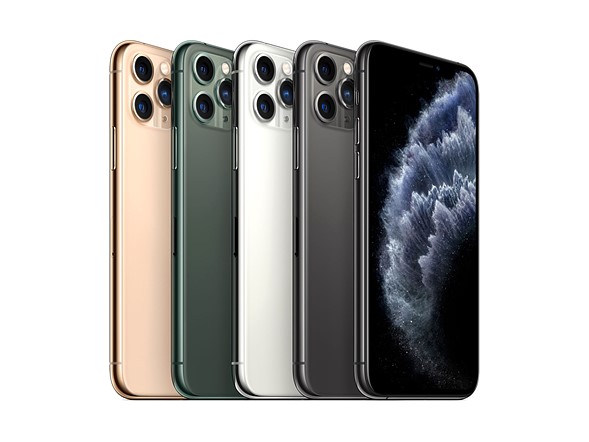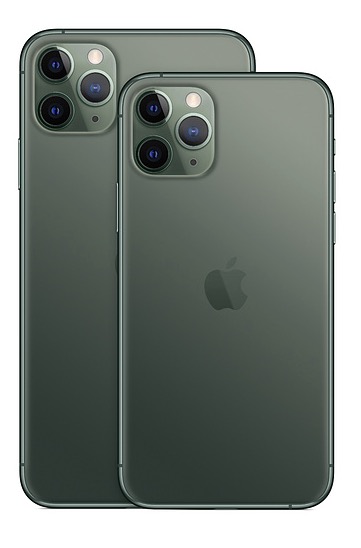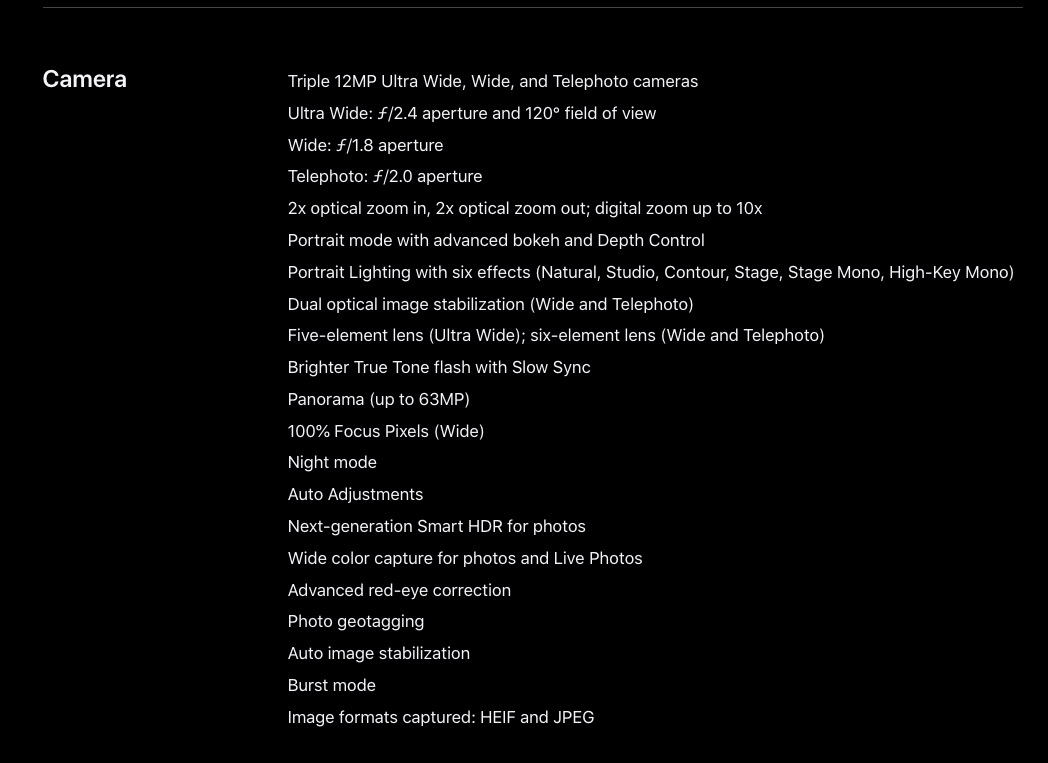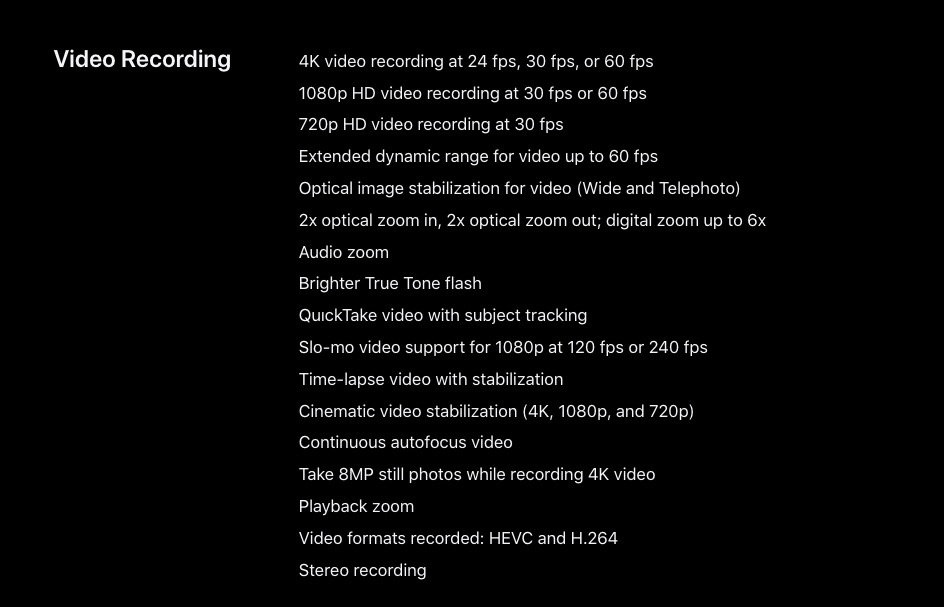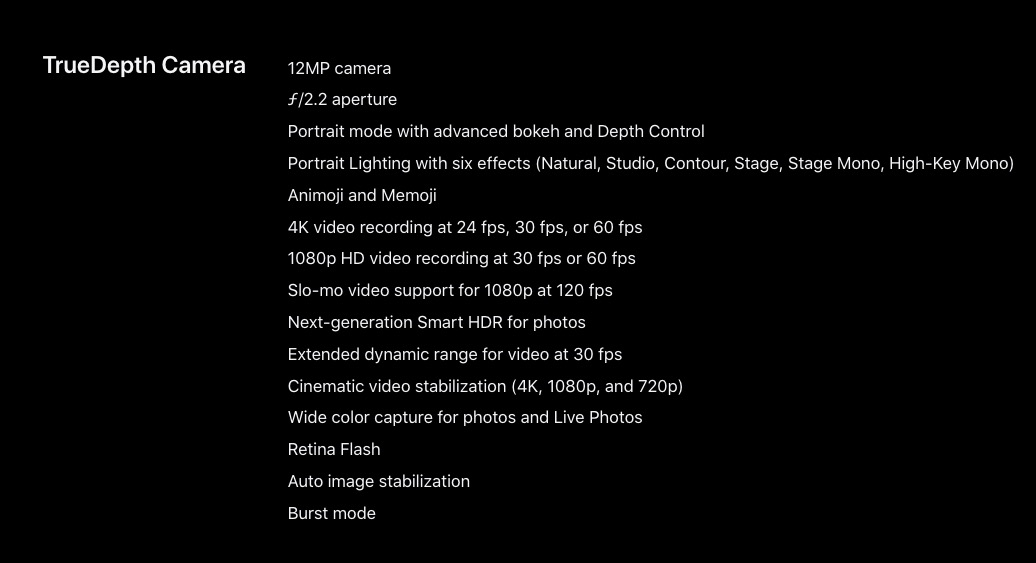The revolution realized.
Click here for an index of all iPhone articles.
Here’s an index of the iPhone 11 Pro pieces:
Part I – The revolution realized
Part II – Upgrading
Part III – The ultrawide lens
Part IV – The Normal lens
Part V – The Telephoto lens
Part VI – The Focos app
Part VII – Quirks and anomalies
Part VIII – HDR and the Night Mode
Part IX – The digital zoom function
Part X – A lens correction profile for the ultrawide optic
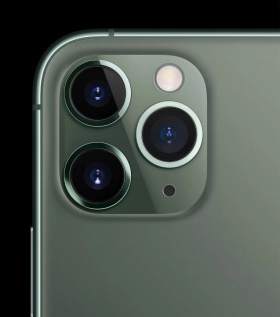
While the prognosticators told us that the latest iPhone 11 refresh was just tinkering at the margins, sales rumors – and long backlogged orders here – suggest otherwise.
I’ve been ticking along happily with my iPhone 7 with a pair of Panasonic GX7 MFT cameras and a handful of lenses for ‘serious’ work. Old Nikon D700 FF digital and F100 FF film bodies and a bunch of ‘metal era’ MF Nikkors do the trick when I absolutely insist on a sore neck and back. That and impressing with the whole retro thing.
Once I started seeing results from the new iPhone 11 Pro, the one with three lenses, I immediately started selling my MFT hardware. It will be worthless soon anyway, and it’s not like I have any more use for it. The original goal of MFT was to enjoy the low weight and small bulk of rangefinder film Leicas with the quality and immediacy of digital in a cheap and disposable package. The iPhone 11 Pro offers all of that and more, in a far smaller device.
The quality of results published by the community of iPhone 11 Pro testers immediately disclosed that MFT is dead. Unless you need a super long lens for some sports or wildlife event, then the iPhone 11 Pro offers everything the MFT format delivers, plus much more. Computational photography, recording of GPS data, a superb Night Mode which puts all regular cameras to shame, depth of field control after the button is pressed, big prints, no need for RAW, excellent control of dynamic range, you name it.
$1250 with tax, you ask? Are you nuts?
Not a bit of it.
First my net outlay is zero and my gear cabinet decluttered. Two MFT bodies, three MFT lenses and a Nikon ultrawide optic all gone. Second, you always have an iPhone with you. Not even the modest bulk of MFT compares for compactness. Third you get all the functionality of the internet. All serviced by the latest Apple A13 CPU with 8.5 billion transistors (Yeah, right!).
As a friend remarked, it’s too bad Apple doesn’t make a proper camera – for the ergonomics of the iPhone remain as miserable as ever – with a cell phone on the side.
But that comment did clarify my thinking. I think of the iPhone 11 Pro as a $2000 camera with a $750 rebate thrown in for the free phone and all the other functionality.
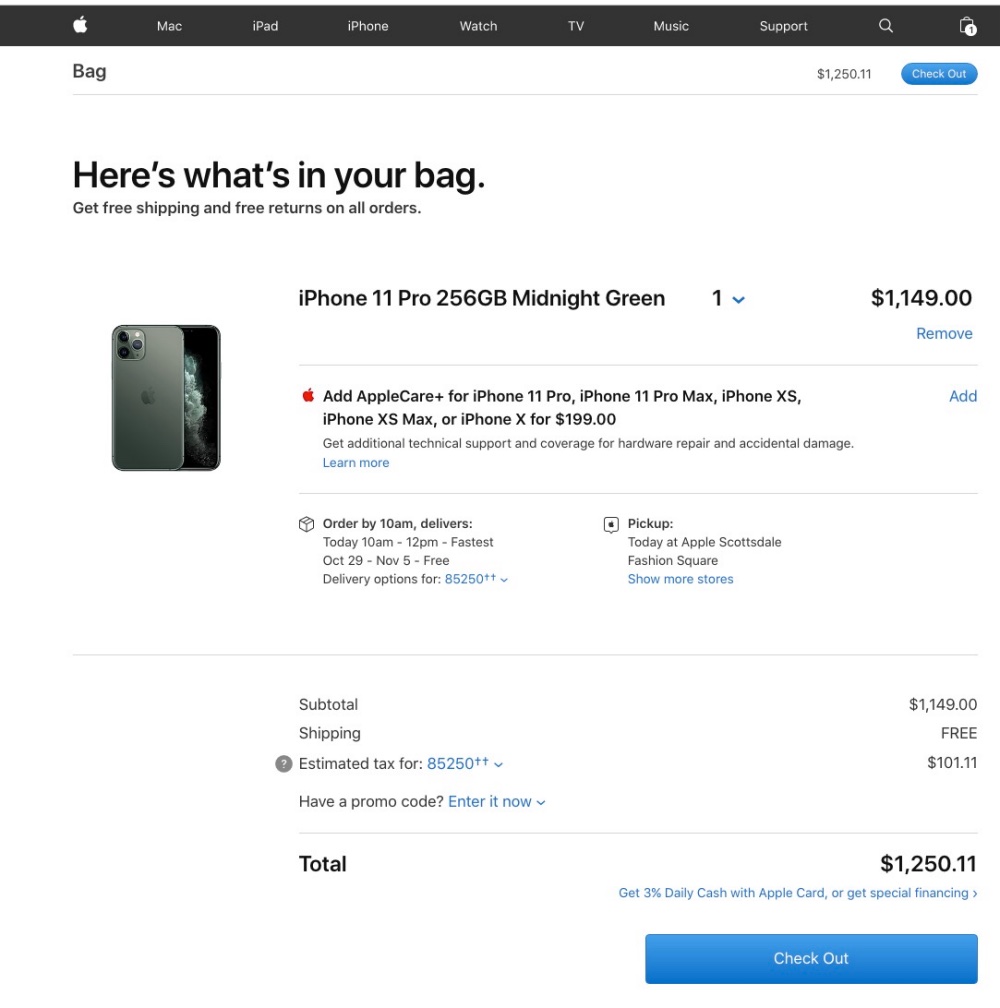
In Midnight Green, no less!
Midnight green? Consider it a tribute to that funky ‘Blumix’ which set me off on my MFT journey a decade ago.
More soon when I have taken some pictures.
Other makers’ cell phones? I never gave them a second’s thought. All use Google’s Android OS and unless you are from another galaxy you will know that for Google you are the product and your data the goods to be sold or stolen. My data is actually worth something, so I avoid Android like the plague and advise you to do likewise. Samsung has given up trying to steal Apple’s Face ID technology and has reverted to fingerprint recognition for secure sign in. Well, not that secure as any fingerprint from anyone will open the phone. They can’t even steal competently. Google? The arch thieves of your personal information? Why, their ‘Face ID’ clone will work when when your eyes are shut, and they recommend you revert to password input while they work on a fix. You really want to go with either of these clowns?
